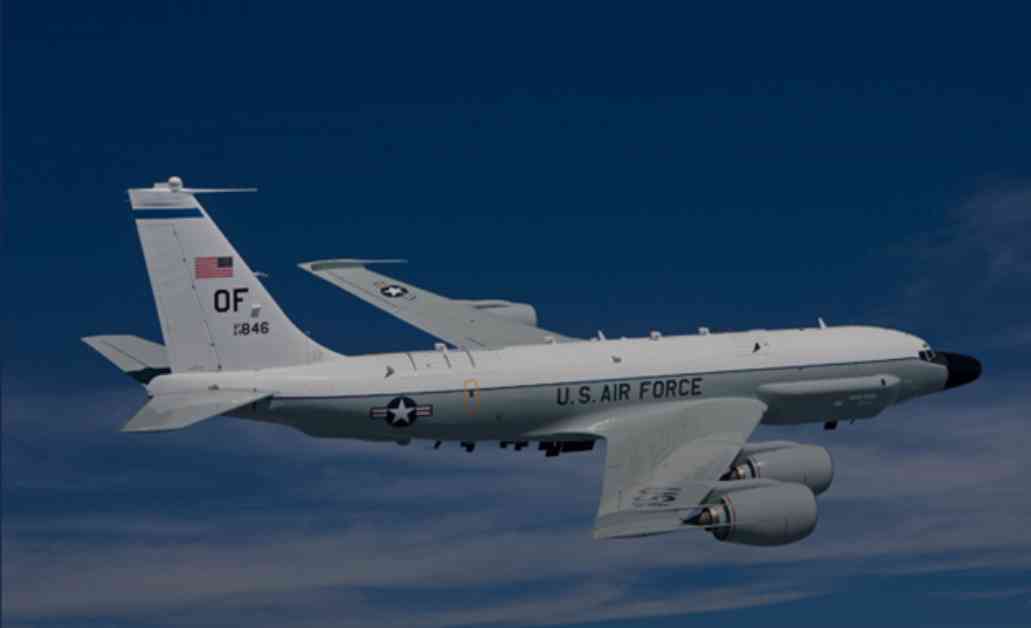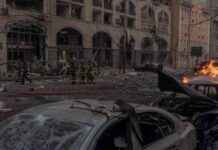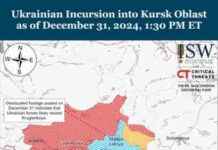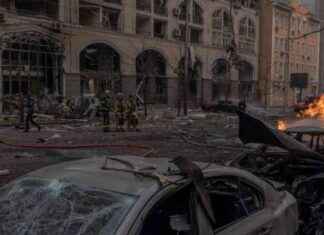The world was stunned on Thursday morning as news broke of a Ukrainian kamikaze drone striking a major military airfield in mainland Russia. The strike targeted the Primorsko-Akhtarsky air base in Russia’s southwestern Krasnodar region, known for its role in supporting Russian military aviation operations over Ukraine’s Zaporizhzhia and Kherson regions.
This attack came following a surge in American military aircraft activity over the western Black Sea in the hours leading up to the strike. The United States’ increased surveillance in the region raised eyebrows and speculation about the potential connection to the Ukrainian drone assault.
Images and audio recordings captured during and after the attack on the air base depicted scenes of chaos, with fire and smoke billowing from the site, the sound of aircraft engines, explosions, and air raid sirens piercing the air. While Russian sources claimed to have intercepted and downed several incoming drones, Ukrainian reports painted a different picture, showcasing the destructive impact of the attack.
The 14th Separate UAV Regiment, a specialized unit responsible for executing most long-range drone strikes in Russia, claimed responsibility for the air raid. This revelation shed light on the evolving tactics and capabilities of modern warfare, blurring the lines between conventional and unconventional combat strategies.
### The Buildup: US Surveillance and Mysterious Aircraft
In the days leading up to the Ukrainian drone strike, open-source flight tracking data revealed a notable uptick in US Air Force and potentially US Navy aircraft activity over the Black Sea. Surveillance drones and reconnaissance planes were observed flying over the region, with some aircraft making passes over Russian-occupied Crimea and military installations in Russia’s Krasnodar and Kuban regions.
Among the aircraft spotted in the area was an unidentified plane departing from a US Navy base in Sigonella, Italy. This mysterious aircraft flew towards southeastern Romania before abruptly turning back just an hour before the Ukrainian drones struck the Primorsko-Akhtarsky airfield. While the specific mission and type of aircraft remained unknown, its flight path bore similarities to past operations carried out by Poseidon naval reconnaissance planes.
Further complicating the situation was the presence of a US Air Force RC-135V Rivet Joint reconnaissance aircraft that ventured close to the southeastern tip of Crimea before the attack. The RC-135’s mission, known as “Burning Wind” or “Misty Wind,” involves sophisticated electronic surveillance capabilities aimed at gathering intelligence across the electromagnetic spectrum.
### Unraveling the Mystery: NATO’s Role and Russian Jamming
The events leading up to the Ukrainian drone strike were shrouded in secrecy and intrigue, with NATO aircraft making frequent appearances in the region. Royal Air Force (RAF) Rivet Joint reconnaissance flights over the Black Sea became a regular occurrence following Russia’s invasion of Ukraine in February 2022.
On the day of the attack, a rare close proximity sortie by a Royal Air Force RC-135V EW surveillance plane was reported over the Black Sea, near the Russia-controlled Crimea peninsula. This mission, coupled with Russian jamming efforts to disrupt aircraft location signatures, underscored the high-stakes game of cat and mouse being played out in the skies above the Black Sea.
Amid accusations from Russia about NATO’s alleged espionage activities, the presence of E-3 Sentry AWACS planes over eastern Romania added another layer of complexity to the situation. These aircraft, tasked with identifying air threats, were part of a NATO-led air training exercise that coincided with the escalating tensions in the region.
As the world watched these events unfold, questions lingered about the implications of heightened surveillance activities, the evolving nature of modern warfare, and the delicate balance of power in the region. The Ukrainian drone strike served as a stark reminder of the ever-present threat of conflict in an increasingly interconnected and volatile world.

















